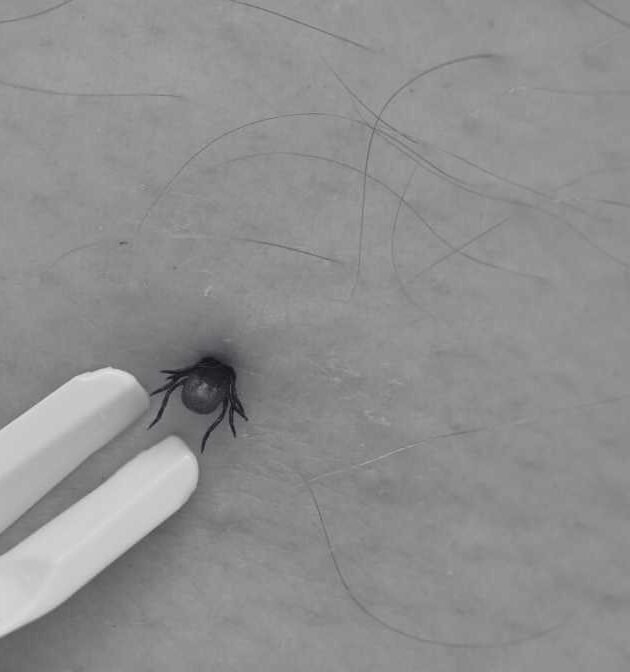
Why Electric Fly Trap Are a Must Have in Malaysia?
May 22, 2025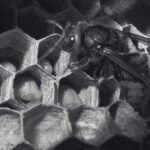
The Hornets Nest, An In-Depth Look at Their Structure
May 26, 2025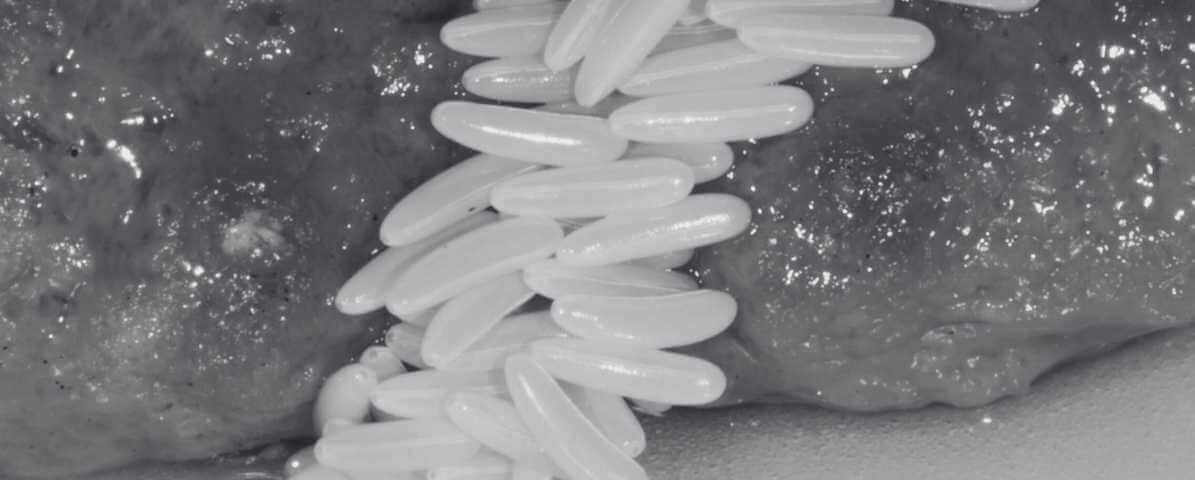
Flies Blog
Understanding facts about flies, biology and ecological roles is crucial. A key to developing smart, effective pest management strategies that protect health and the environment.
Lesser-Known But Fascinating Facts About Flies
The Fly Insect: 8 Facts About Flies We Did Not Know
These tiny creatures stands out prominently, often blame for spreading disease and causing discomfort. Whether it's the relentless house flies buzzing around food or the notorious fruit flies invading our kitchens. These insects appear everywhere, especially in places we consider unclean. However, beneath their unappealing facade lies a fascinating and, in some cases, disturbing world that’s often misunderstood.
In this pest blog, we will uncover facts about flies that are as intriguing as they are unsettling. From their complex biology and astonishing life cycle to lesser-known behaviours. Our exploration aims to reveal a more comprehensive picture of these insects. Many belonging to the order of insect diptera (meaning “two wings”).
A Vast Insect Family with Many Kinds of Fly
1. True Facts About Flies, The Order Diptera
Facts about these bugs are incomplete without understanding their classification. They belong to the order diptera, which includes a diverse array of insect orders featuring different species. The most familiar among these are true flies, a term used to distinguish them from other insects like bees and wasps. Some are much familiar, such as house flies, which are notorious for contaminating food and spreading bacteria.

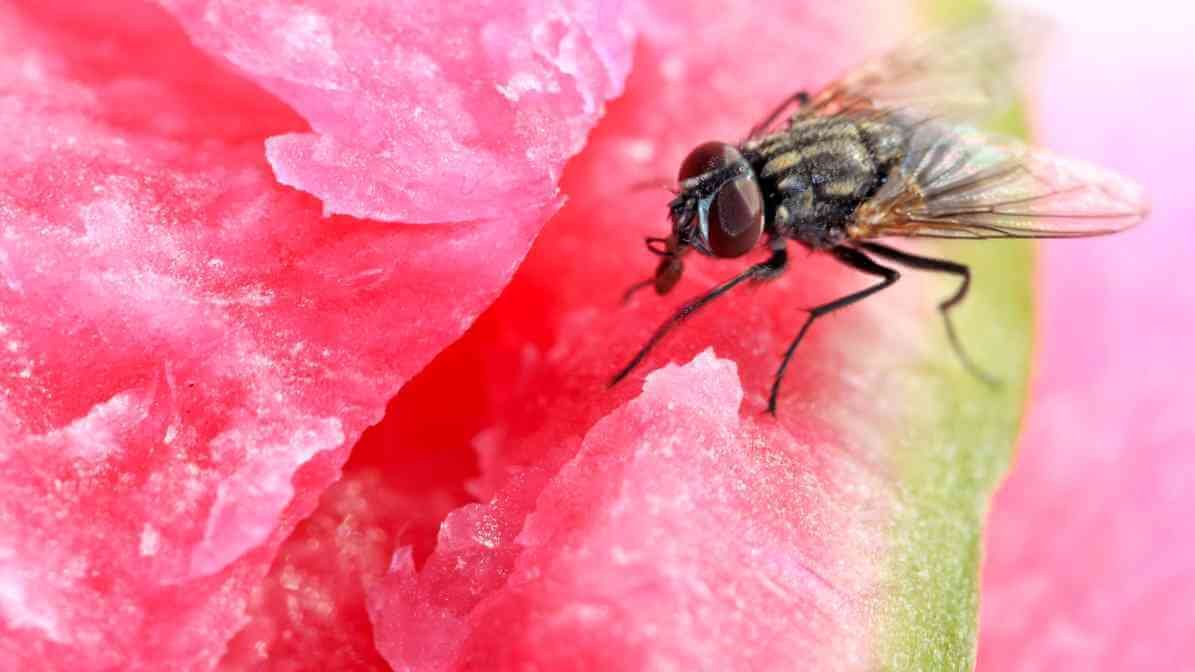
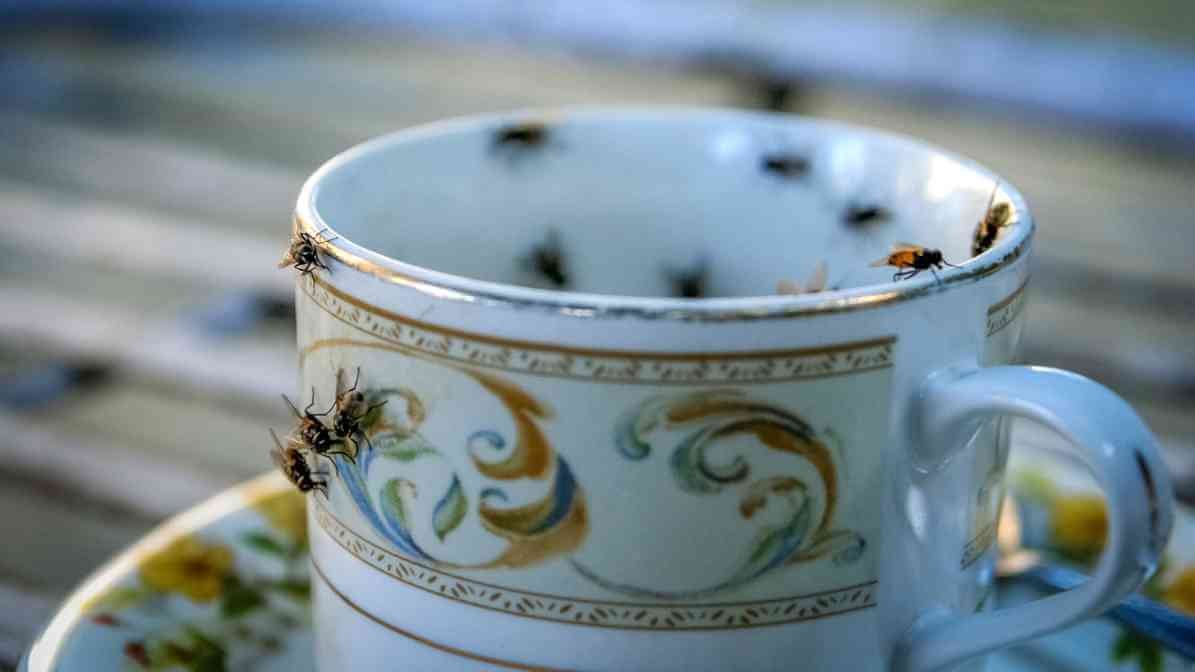
Then there's the fruit flies, particularly drosophila melanogaster, a tiny but scientifically invaluable species. Larger and more notorious are horse flies and crane flies, which have unique behaviours and lifestyles. Species like hover flies mimic bees and wasps as a defence mechanism. While robber flies are aggressive predators hunting down other insects.
From Egg to Maggot to Adult
2. Known Facts About Flies, The Horrifying Life Cycle
One of the most fascinating, yet disturbing facts is their rapid and grotesque life cycle. Female lays hundreds of eggs called maggots in decaying organic matter, such as rotting food, animal carcasses, or faeces. These eggs hatch within 24 hours and develop into maggots, essentially these maggots voraciously consume organic matter. As they grow, maggots molt several times before entering the pupal stage and transforming into adult.
This entire process can completes in just a few days, meaning populations can explode rapidly. An alarming fact considering their role in disease transmission. Adult then live for about 2-3 weeks, during which they continue to eat and reproduce. They can thrive in many different places, even in dirty conditions.
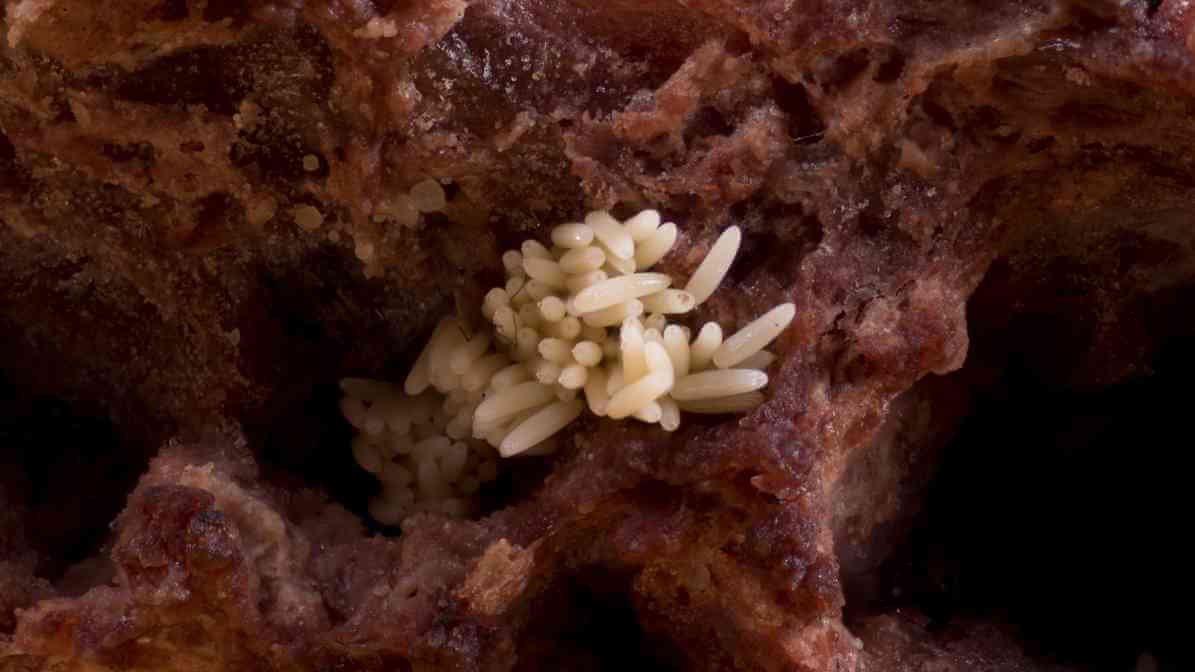
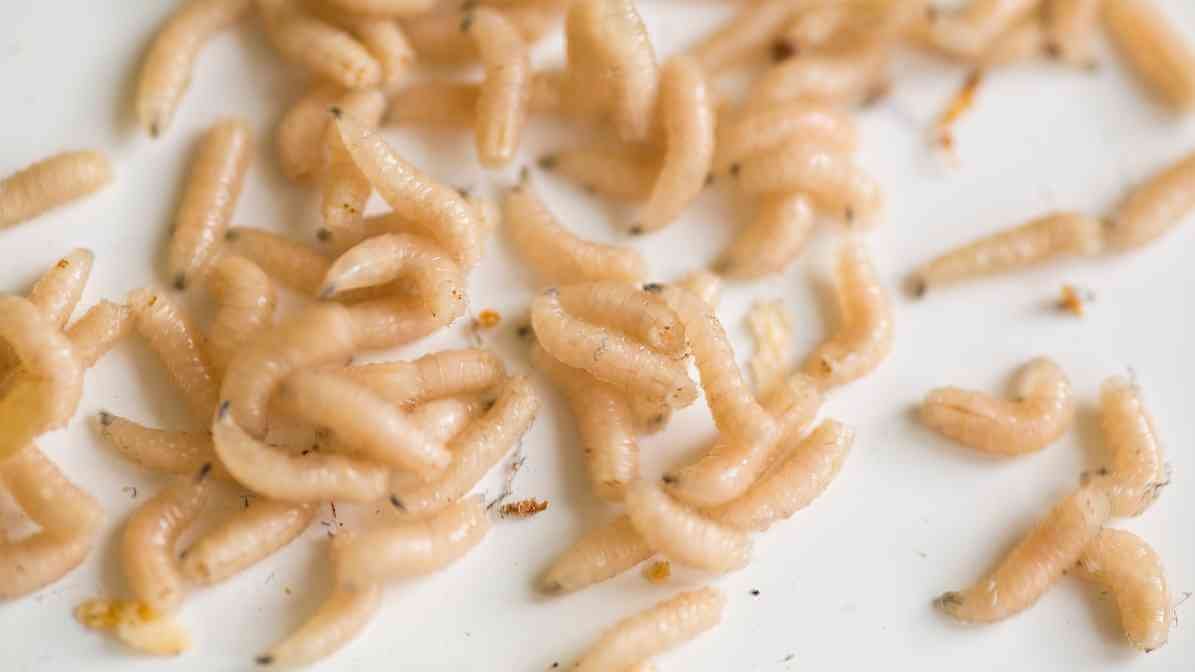

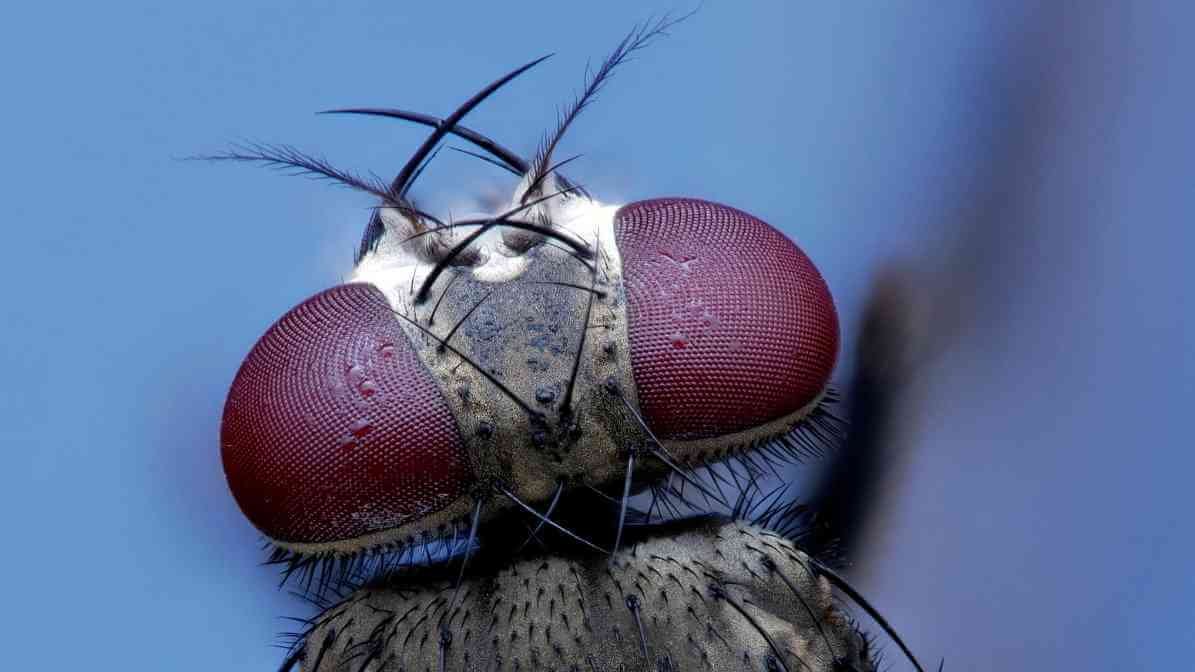
A Marvel of Insect Anatomy
3. The Facts About Flies, Pair of Wings and Compound Eyes
Their anatomy is both fascinating and disturbing. A key characteristic is their pair of wings, tune for quick and agile flight, helps them escape from predators and land accurately on food. In addition to their wings, they possess compound eyes made up of thousands of tiny lenses (ommatidia). These compound eyes give them almost 360-degree vision, enabling them to detect movement at lightning speed.
This anatomical feature makes them incredibly difficult to catch and contributes to their reputation as persistent pests. Some, such as bee have evolve fuzzy bodies and mimic bees flies to evade predators. Adding an intriguing layer to their biological complexity.
The Diverse Kinds of Fly Insect
4. Ultimate Facts About Flies, Their Unique Habitats
Many facts about flies center around their astonishing variety. Some can inflict painful bites which are harmless but resemble large mosquitoes and gall midges. Some species equip themselves with markings resembling bees and wasps, which act as a defence against predators. Meanwhile, some are efficient predators, hunting other even bees and wasps, preying on both plant and animal forms.
Each occupies its own ecological niche, whether as pollinators like bee or decomposers like blow flies. This incredible diversity demonstrates how versatile and adaptive these insect is. Often complicating efforts for humans to control or manage their populations.
How Should I Choose The Right Electric Fly Trap For My Needs?
Select a trap based on the size of the area, type of flies you need to control and installation location. Look for features like LED UV lights, ease of cleaning and durability for long-term use.
From Decomposers to Pollinators
5. Important Facts About Flies, Ecological Roles
While many see them solely as a nuisance, their ecological importance cannot be understate. Most living in environments abundant with organic matter, such as rotting plant materials, animal remains, faeces and even garbage. In these settings, they act as decomposers, breaking down organic matter and recycling nutrients vital for plant growth. Gall midges and hovers species also contribute to pollination, a role essential for the reproduction of many plants.
In fact, while most are generally associate with decay. Some actively visit flowers, transferring pollen as they feed. Understanding these roles underscores how facts about them extend beyond their nuisance status. Highlighting their significance in maintaining ecological balance and supporting biodiversity.
Scientific and Cultural Impact of Flies
6. Proven Facts About Flies, Scientific Research
Beyond their natural roles, they have a profound impact in scientific research and popular culture. The species Drosophila melanogaster, has been instrumental in genetics, developmental biology and even neuroscience research. Shedding light on complex biological processes plant or animal. In popular culture, they symbolise decay, disease, or horror.
Especially in movies and horror films where they swarm enhancing scenes of rot and death. The imagery of flesh covered in buzzing insects has cemented their place as symbols of repulsion and morbidity. This dual role, both as a scientific marvel and a cultural icon of disgust. Making them an endlessly fascinating and disturbing pest in residential and commercial properties.
Their Behaviours and Biological Patterns
7. Surprising Facts about Flies
These facts highlight their behaviour and biology have significant implications for health, science and even crime scene investigations. Despite their ubiquity, many facts are lesser known and somewhat disturbing. For example:
They are live breeders, with some species capable of laying hundreds of eggs during their short lifespan.
Their pair of wings enables rapid flight and they can change direction suddenly. Making them elusive targets and difficult pests.
Some species often land on unsanitary surfaces but eat and defecate on food. Spreading bacteria and pathogens, which contribute to illness.
Certain kinds species bite and feed on blood, often transmitting diseases such as tularemia or anthrax in extreme cases.
Blow flies are the first insects to arrive at a carcass, indicating the time of death in forensic investigations.
The larvae or maggots are not only decomposers but are also use in maggot therapy to clean necrotic wounds. A method that is quite disturbing yet beneficial application.
The Significance of The Fly in Our Ecosystem
8. Facts About Flies, Importance to Our Ecosystem
They may be one of the most reviled insects, but the facts reveals a creature vital to the health of our ecosystem. Whether through decomposing organic matter, aiding in pollination or serving as model organisms in science. Their life cycle, pair of wings, compound eyes and diversity demonstrate a remarkable adaptability. Even as they continue to evoke feelings of disgust and fear.
Understanding the true nature invites us to reconsider our relationship with these tiny yet impactful creatures. Despite their disturbing associations with disease and decay, flies are essential for maintaining ecological balance. And their study continues to provide valuable insights for science and medicine.
Professional Fly Control Services
Innovative Pest Blog Summary
Despite their reputation as pests including house flies, fruit flies, horse flies and robber flies. They play vital roles in decomposition, pollination and scientific research. Their rapid life cycle, distinctive pair of wings and compound eyes enable them to thrive in various environments. Often in unsanitary conditions that facilitate disease transmission.
Understanding these facts about flies is essential for developing effective, eco-friendly management strategies that control their populations while recognising their ecological importance. This knowledge allows Innovative Pest Management professionals to implement targeted solutions, reducing health risks and environmental impact.


